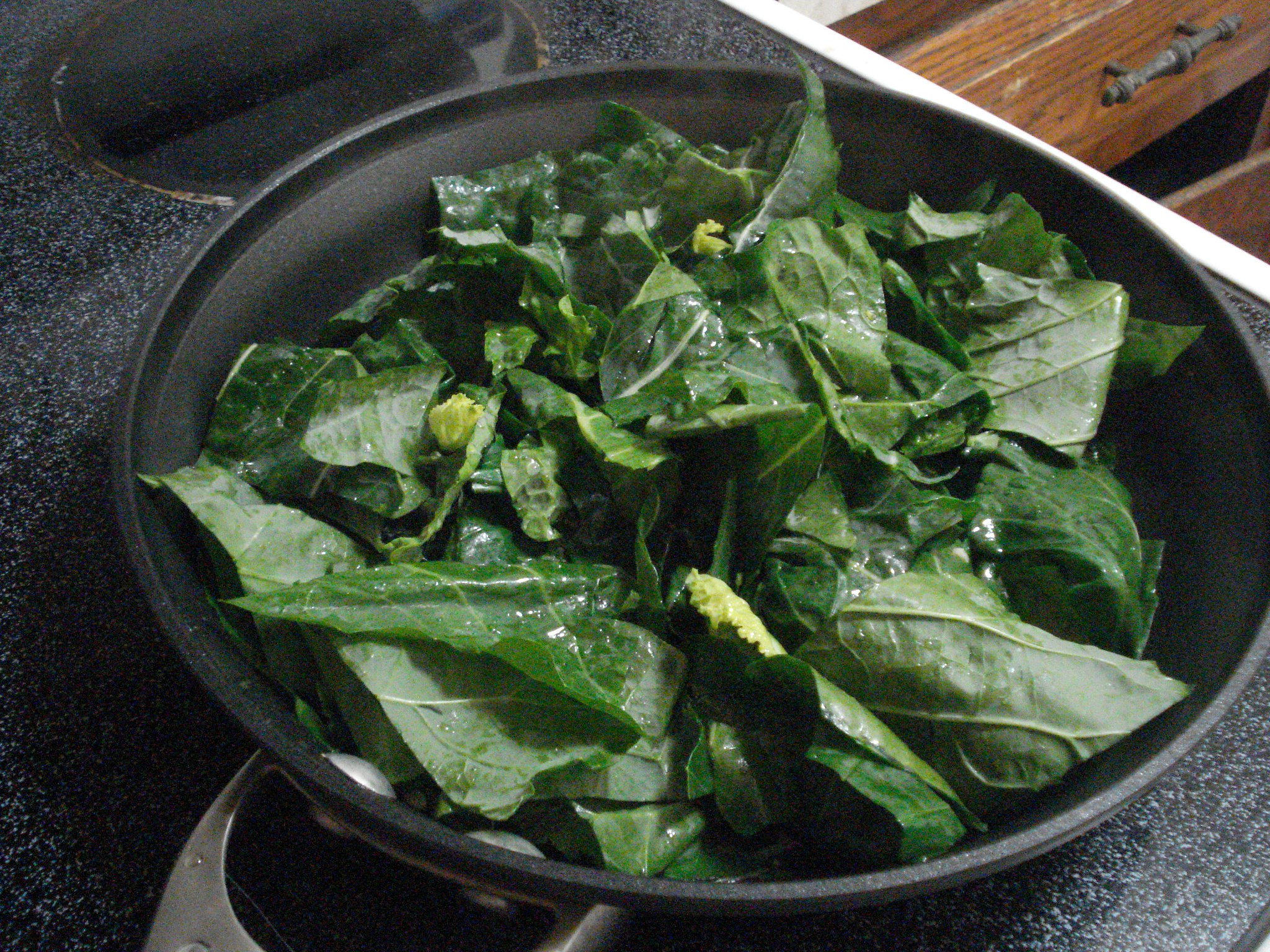Your body needs at least 1,000 milligrams of calcium a day to build strong bones and help nerves send important signals throughout your body. While milk, yogurt, and cheese are well-known sources of calcium, non-dairy foods can also provide your body with this important mineral. Curious to know which vegetable is high in calcium?
ContentWhich vegetable is high in calcium? Eat kaleCompounds in kale protect against cancerHow to prepare and eat kale for maximum health benefits
WomanEL shares with you one unexpected option that you definitely wouldn't have thought of.
Which vegetable is high in calcium? Eat kale
Leafy greens, such as kale, are an excellent source of calcium. One cup of cooked kale contains 268 milligrams of calcium, as well as 38% of the daily value of vitamin C and 80% of the daily value of vitamin A. It is also rich in choline, folate, riboflavin, iron and magnesium. It also contains 7.6 grams of fiber, which helps maintain a healthy digestive system.
Kale is a member of the cruciferous family. These vegetables are not only known for their vitamins, minerals and fiber, but also for phytochemicals called “glucosinolates,” which help the body fight cancer. Diets high in cruciferous vegetables have been linked to protection against pancreatic and gastrointestinal cancers.
Need protein? You'll be surprised, but one fruit has it. Add it to your diet to be healthy and full.
Compounds in kale protect against cancer
 Nutrition plays a big role in calcium intake and overall health. Source: flickr.com/Amy Stephenson
Nutrition plays a big role in calcium intake and overall health. Source: flickr.com/Amy Stephenson
The glucosinolates in this cabbage break down into isothiocyanates, compounds that block signals that promote tumor growth, influence gene activity, and reduce inflammation. These plant compounds may also trigger the self-destruction process of cancer cells.
A 2018 study in the journal Molecular Nutrition & Food Research found that eating more cruciferous vegetables may reduce the risk of colorectal cancer by about 8%, and stomach cancer by about 19%.
These same phytochemicals may protect against pancreatic cancer, especially when eaten raw.
A 2021 study in the journal Cancer Epidemiology found that people who consumed more than 1.5 servings of cruciferous vegetables per week had a 40% lower risk of developing pancreatic cancer compared to those who ate less than half a serving.
In addition, each additional serving of cruciferous vegetables reduced the risk of developing pancreatic cancer by 15%. The protective effect of cruciferous vegetables was particularly pronounced in men, ex-smokers and overweight people. In these groups, the risk of pancreatic cancer was reduced by 59%.
How to cook and eat kale for maximum health benefits
Some studies suggest that the anti-cancer properties of cruciferous vegetables are stronger when eaten raw. This is because glucosinolates must be converted to isothiocyanates by the enzyme myrosinase, which is deactivated during cooking. For example, raw broccoli contains three times more isothiocyanates than cooked broccoli, according to a 2018 review in the journal Molecules.
However, raw vegetables are not the only way to get their benefits. A 2008 article in the journal Nutrition Research suggests that steaming vegetables can increase their ability to bind bile acids, which helps lower cholesterol levels. Additionally, steaming vegetables increases the bioavailability of some key phytonutrients compared to raw broccoli. Boiling and frying vegetables, on the other hand, can reduce their nutritional value.
Steaming kale is very easy. First, wash the leaves to remove dirt and debris, and remove the tough stems. Add a cup of water and a pinch of salt to a large saucepan, then add the greens. Bring the water to a boil, cover, and cook for 5 to 10 minutes. When the leaves are tender, drain the excess water and drizzle with olive oil.
Tired of spending hours peeling potatoes? We have a quick hack to make this task easier.

